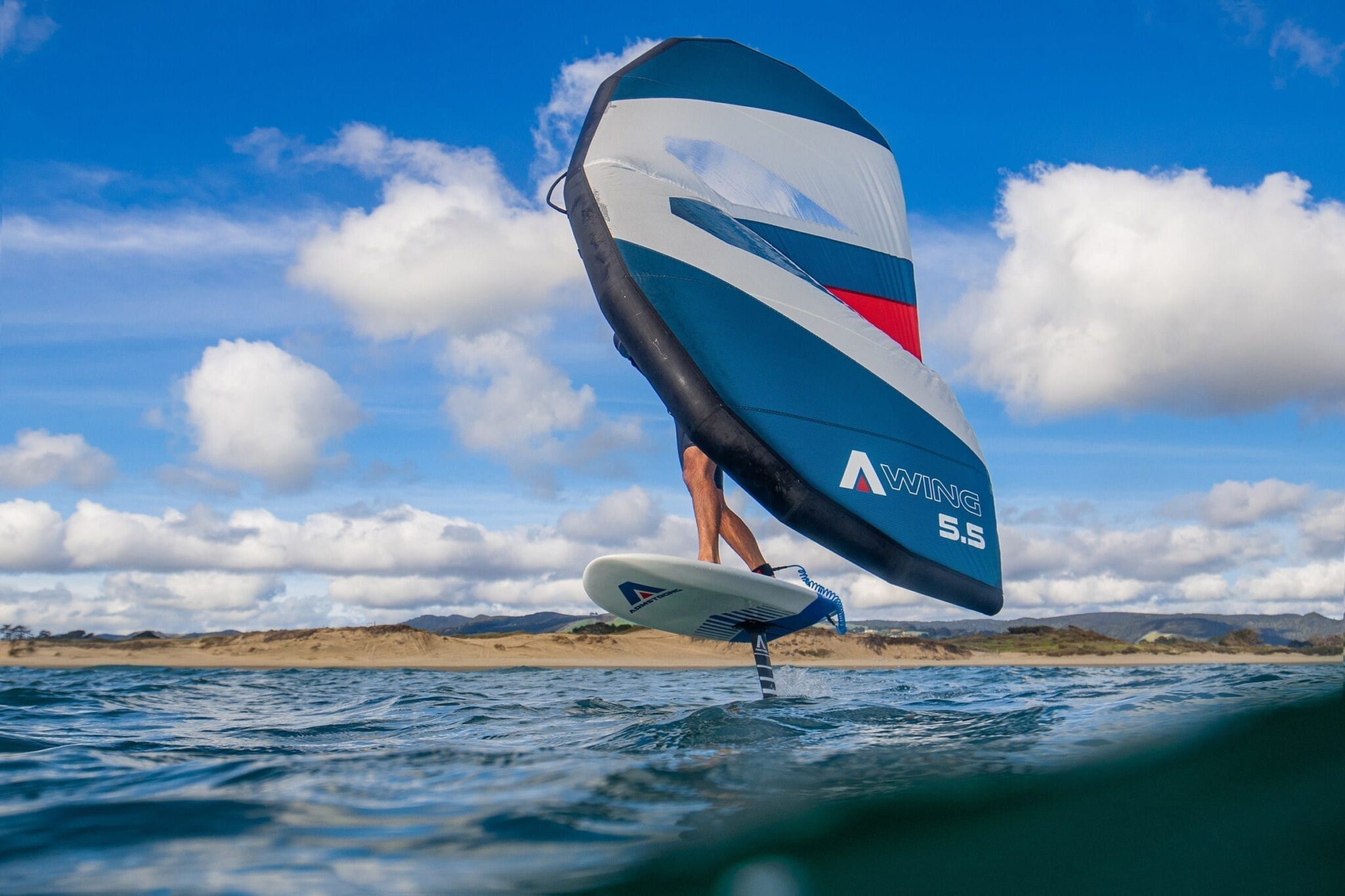Uncategorized
The Latest Craze: SUP Foiling and Winging
Find Out Everything You Need to Know to Get Started Foil-boarding and Winging
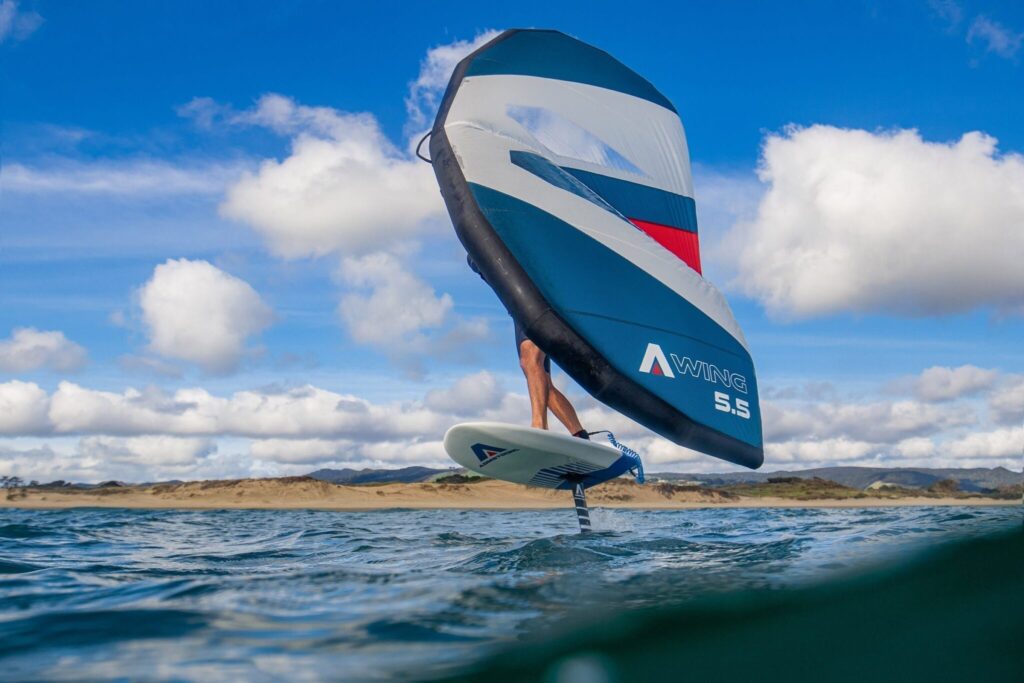
SUP is a sport that thrives on innovation.
Way back in the beginning, on the Hawaiian islands, natives would launch large wooden crafts into the ocean and use a wooden paddle to propel themselves through the waves.
It was a way to have fun by connecting with the natural elements.
As time progressed, more people became interested in the activity and two branches began to form. One was surfing. Some innovators took to their bellies to paddle smaller boards into the ocean and catch waves. The other was paddle boarding.
The paddle boards we are familiar with today first gained steam when Laird Hamilton was spotted catching waves with a paddle.
And from there, we now have many paddle board companies creating the most cutting-edge equipment in the sport.
But as all things seem to do, it wasn’t enough to just have a paddle board. No, we needed specialized equipment for the types of environments and activities we enjoyed on the water.
This need spawned SUP surfboards, SUP race boards, SUP yoga boards, and now the latest craze – SUP foil boards.
You may have heard the term before. Or maybe you’ve seen your favorite surfers like Kai Lenny, or the innovator himself, Laird Hamilton floating above the water on their boards.
Foil boarding, and now winging as well, is a new and exciting part of the sport of SUP. Maybe you’re interested in trying it yourself.
But since it’s new, there is still not a lot of information about it out there. To create a clear picture on what SUP Foiling and Winging is, we’re going to go through each in order to give you a better idea on what the activities are and if you are ready to give it a try.
What is Foil Boarding and Winging?
Hydrofoil
A foil board is a surfboard with a hydrofoil that extends into the water. The hydrofoil extension works like an airplane wing.
There are two wings, one in the back and one in the front as a stabilizer. You have high pressure and low pressure areas on the wing. As it moves through the water, it creates lift, just like an airplane does as it takes off.
Even with the slightest swell, the energy from the water as it moves along the foil creates lift and pushes the board out of the water while simultaneously giving it forward momentum. This allows the rider to catch even the smallest waves and still have fun.
Foil boards can be used in numerous ways. To get used to the lift action, you can pull a foil board behind a boat in order to create the lift. They can also be used in small waves. With kitesurfing equipment. And with a hydrofoil wing.
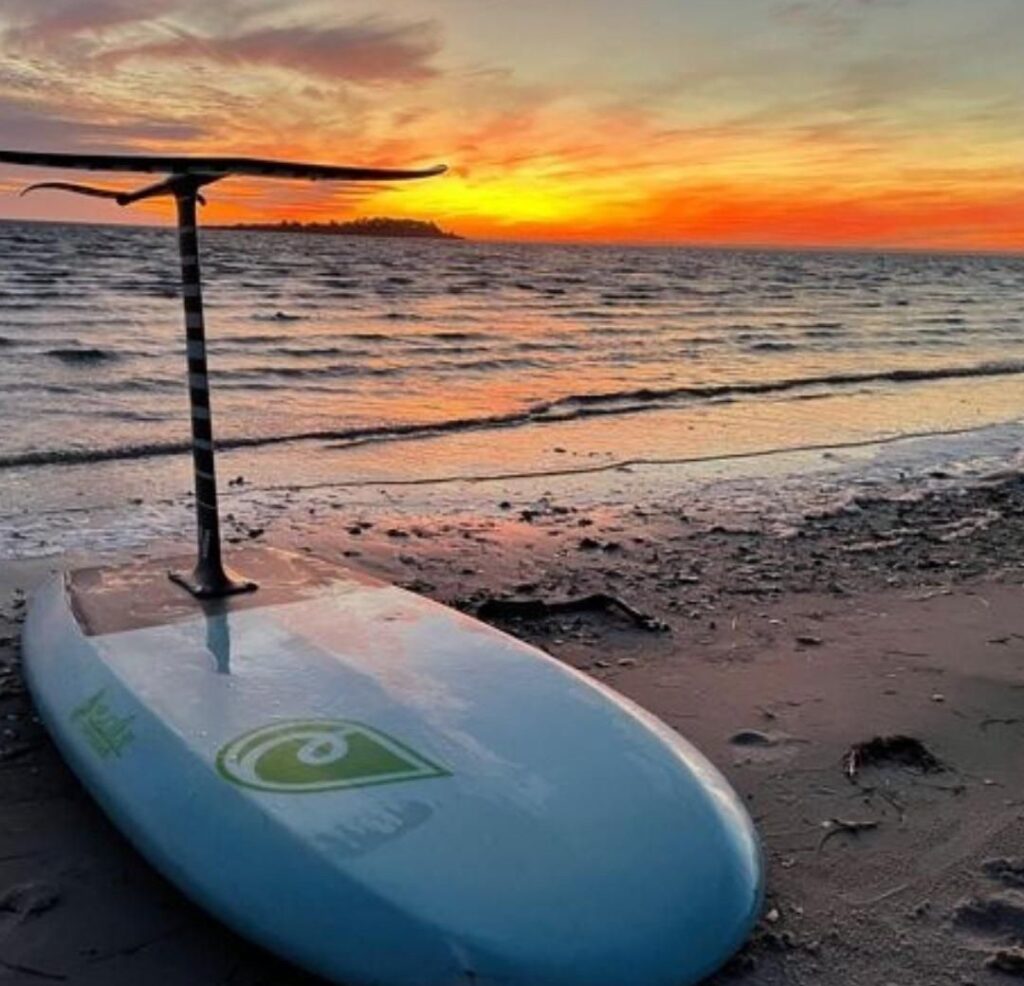
Winging
A wing is basically a cross between a sail and a kite. Instead of a kite that floats above your head, a wing is held in your hands. In this position, it is easy to position yourself on the board, catch the right amount of wind, and control yourself in the surf.
The wing involves a portion that is inflated, usually along the edge and a strut across the middle. This is where handles are attached for the rider to hang onto the wing. The wing itself is constructed of the same material that a kitesurfing kite is made from. They are designed to be lightweight and easy to handle.
The size of your wing will depend on your body size and how windy it is. Wings come in 3.5m, 4m, 5m, 6m, and 7m. With some sizes in between. The larger the wing, the bigger the rider. The smaller the wing, the smaller the rider. However, when it comes to wind strength, the smaller wings are always better for stronger winds. And vice versa.
You can use a wing with a paddle board or a large windsurf board. These are great for lighter wind cruises. And it can be an option for a downwind paddle. It is a good idea to bring a paddle with you if this is your choice of winging activity.
However, where the use of a wing really shines is coupled with a hydrofoil. With this combination you can catch waves on small days, ride bumps in the bay on windy days, and go on an epic downwind run.
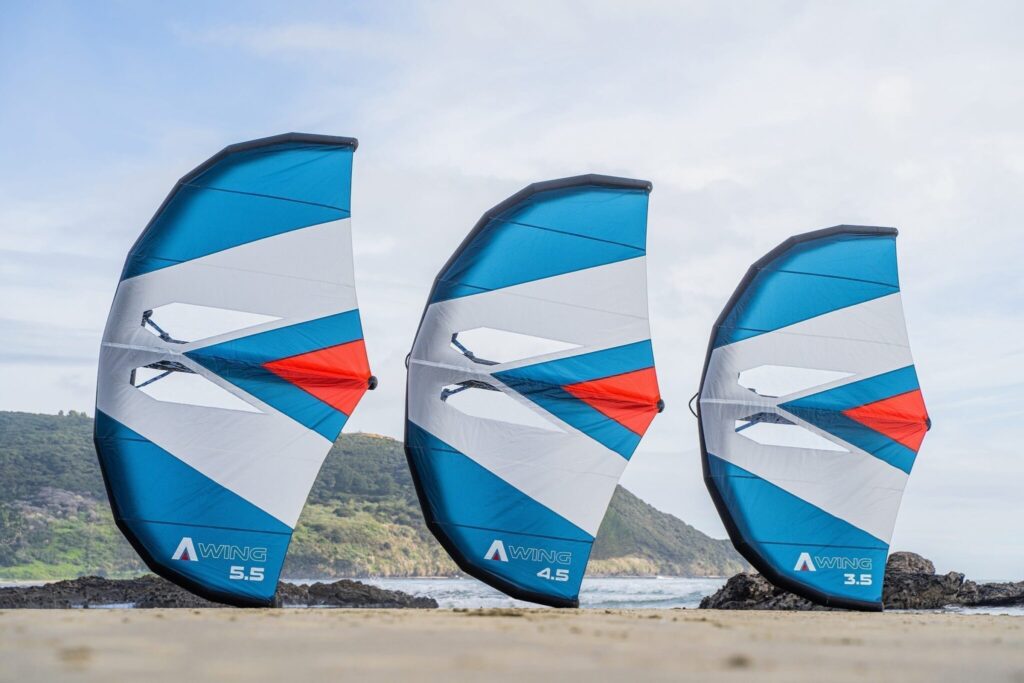
Is it difficult?
Yes. It can be. Especially for a beginner. To become comfortable with foilboarding and winging, you will need to have a background in SUP surfing and kitesurfing if possible.
The best thing to do is to gain experience in these two realms before you try winging.
SUP surfing is a great way to feel the momentum a board has in the waves. After a few successful sessions, you will know proper foot placement as well as how to read waves.
Kitesurfing with a foilboard will give you the best experience. With this combination you will know what a foilboard feels like as it leaves the water and you begin to elevate. Combine this with kitesurfing and you will gain experience on how to control the kite in the wind, how to catch a current, and how to stop your momentum. These are all important aspects of winging with a foilboard.
If you do have experience with either, or if you haven’t used a foilboard yet, the best thing to do is get used to the feeling of a hydrofoil underneath your feet.
Tips for Beginners
As mentioned earlier, if you are brand new to the activity, get used to the motion and the stance of a hydrofoil by towing behind a boat.
Pick a calm, flat day. This can be either in the ocean or in the bay. Though it is preferred to be in the bay as there are less elements to be worried about.
Grab a few friends and head onto the boat. In the beginning it is a good idea to wear a helmet and a life jacket if you feel it is necessary. When you first start hydrofoiling, the feeling of the board lifting out of the water is going to feel unnatural. It is likely you will fall. On any other type of board this would not be a big deal. But on a hydrofoil, what tends to happen is the foil will flip up towards the surface as your falling momentum will cause it to raise. Avoid any injuries to your head or face by wearing a proper safety helmet before being towed.
Once you are ready, drop the foil in the water with a line to be towed. Go slow to begin with. As you pick up speed you will feel the board elevating above the water.
There are two main things to remember:
- Lean on your back foot to tilt the wing up and increase lift. If you are leaning too far forward, which is often the case, the nose will bury and you will fall into the water. It feels unnatural at first to put that much pressure on your back foot but it is necessary.
- Watch where the foil is when you do fall. The best thing to do when you feel like you’re going to fall, is to jump away from the board to avoid any injuries to your body and your board!
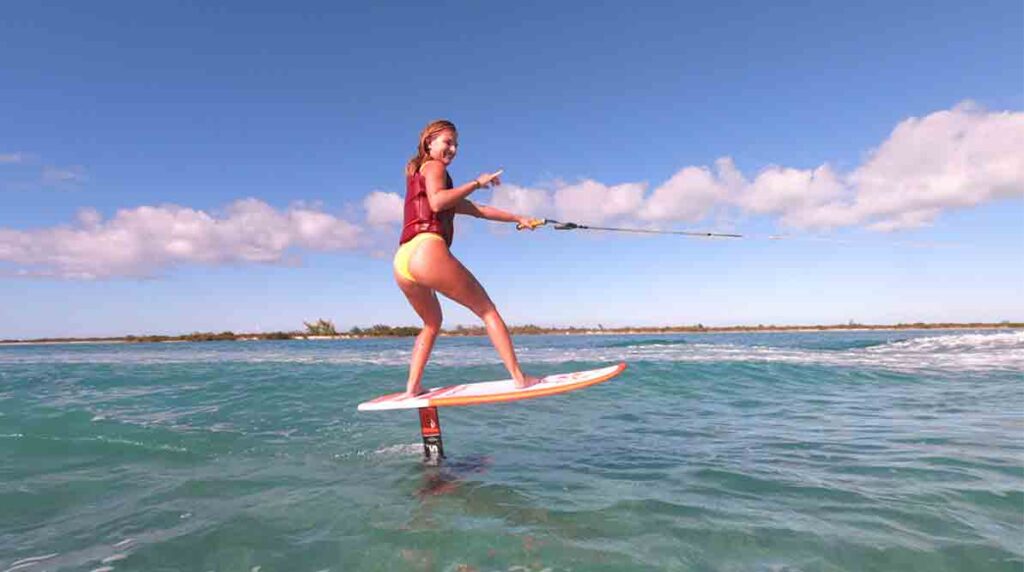
Safety precautions
Get to know your spot: Are you familiar with the water environment you are going to be hydrofoiling in? More specifically – know the depth of the water! Remember you have an entire foil underneath you, not just a few fins. If the water is tidal or the depth isn’t over the required amount to sink your foil, avoid this area. And never try hydrofoiling in an environment you are not 100% familiar with.
Try it first with towing or get a lesson: As we’ve already mentioned, the safest way to begin foiling is by being towed behind a boat. However, if you can combine it with a few lessons from a paddling professional, you’ll be even better in the long run. And safer.
Bail out if it lifts too quickly: If you feel the foil lift too quickly, bail. Any imbalance will cause your foil to flip over and put you in a dangerous positon to catch yourself on the edge of the wing. If anything feels off as the foil begins to rise, jump away from the board and try again.
Wear protective gear: Helmet and impact vest. We’ve mentioned wearing a helmet earlier, but it bears repeating. Keep you head and face safe in the beginning stages until you are comfortable on the water. Another great piece of equipment to use if you plan on surfing your foil is an impact vest. As surfers, you’re likely to cover your head and face when you fall. That’s a great practice to have. However, as you cover your head and face, you are leaving your entire midsection open to damage. With an impact vest, you’re protected.
Square off your body: Unlike a surf stance where you have your hips in line with your feet, on a foil, you want your hips facing forward. That is, until you are ready to turn. With your hips facing forward you are in a better balanced position and you can control the direction of your board at any time. Get into the practice of having your hips facing forward as the foil begins to rise.
Take it slow: Hydrofoiling and winging are a process. Much of the movements required to be successful are not natural, even to the SUP surfer and kitesurfer. Always remember to take it slow, be consistent, and eventually you will have the motions down. And having fun on the water!
For a complete rundown of the safety protocols for foiling check out this video:
Wing Options at Walk on Water
This new and improved Armstrong A-Wing V2 will help you take your wing foiling to the next level! Across a wide range of conditions, the A-Wing V2 is well balanced. Comes complete with carry bag, leash and in five optimal sizes, 2.5m/3.5m/4.5m/5.5m and 6.5m.
Hydrofoil Boards Options at Walk on Water
Custom Boards by Evolve!
If you want a specific board designed and built for you, Evolve and Walk on Water can take your measurements and create the board you’ve always wanted!
Contact us today and we will work with you to create a customized board.
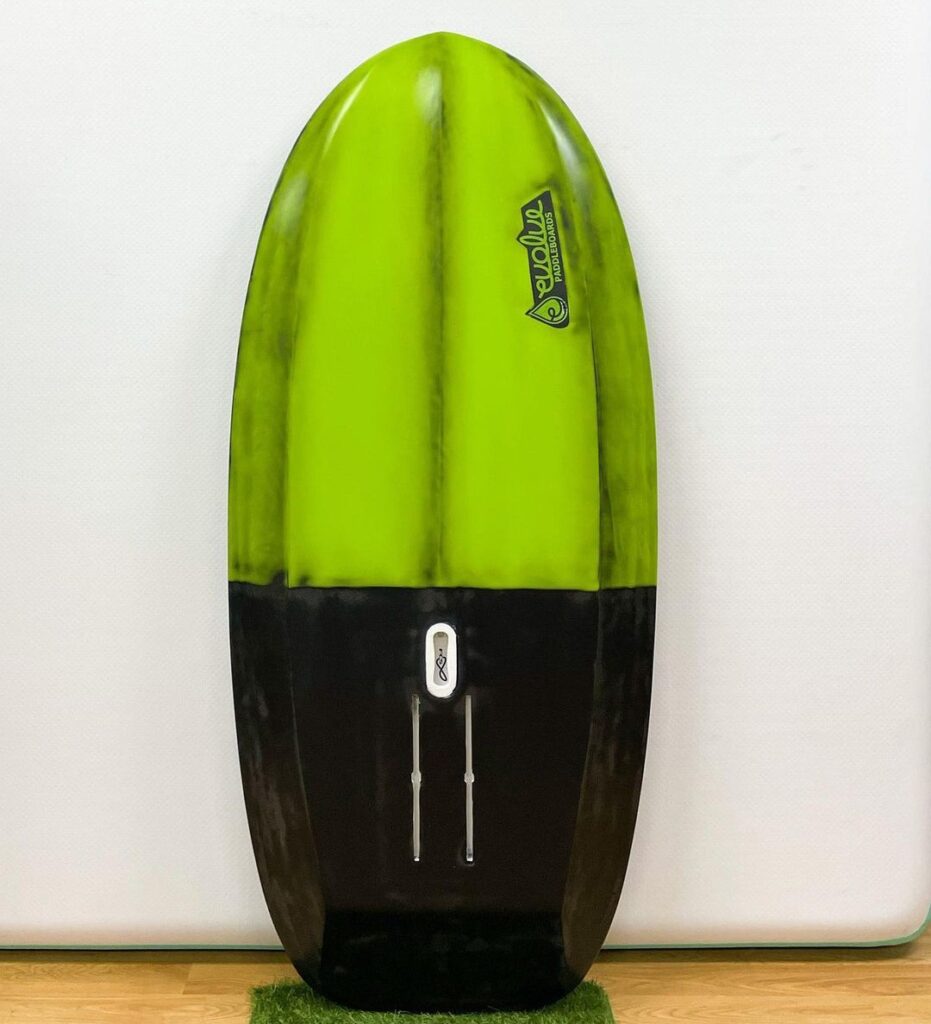
Conclusion
As SUP continues to innovate, it will also continue to push the boundaries of what we thought was possible.
Foilboarding and winging are an exciting new craze that has begun to hit the shores in Hawaii, California, the East Coast and beyond.
If you still have any questions or comments, please reach out to us personally. We will be more than happy to help you in any way we can.
